Optimal Timing for Bathtub Resurfacing
Bathtub resurfacings are most effectively performed during periods of stable, dry weather. Optimal timing ensures proper curing and adhesion of the resurfacing material, leading to a longer-lasting finish. Avoid scheduling during high humidity or rainy seasons, as moisture can interfere with the application process.
Spring and early fall typically provide the best conditions with moderate temperatures and lower humidity levels.
Resurfacing should be done when temperatures are between 50°F and 85°F for proper curing and adhesion.
Allow sufficient time for preparation before the desired resurfacing date, including cleaning and surface repairs.
High humidity can extend drying times and affect the finish quality, so it is best to avoid resurfacing during humid weather.
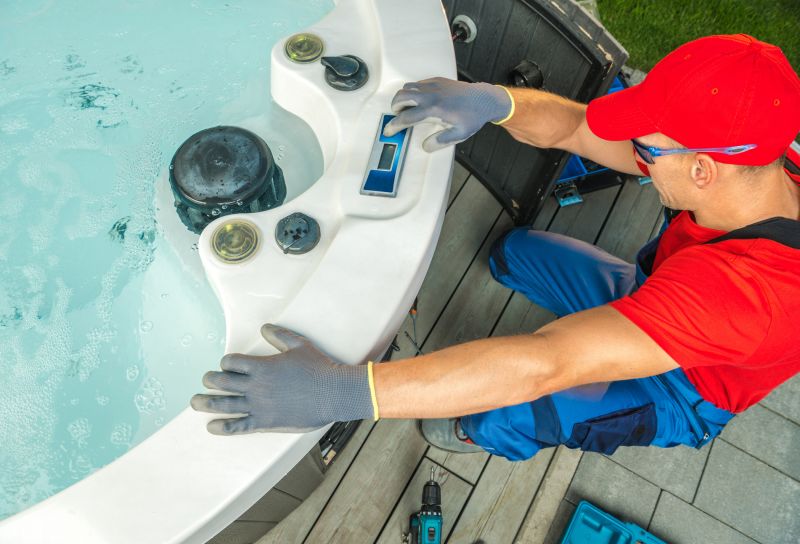
A technician applying resurfacing materials during a clear, mild day.
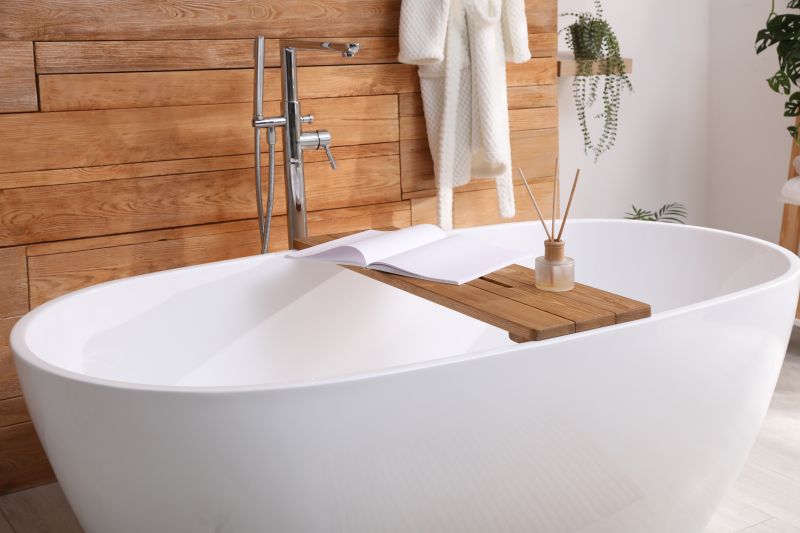
Close-up of a thermometer showing ideal temperature range for resurfacing.
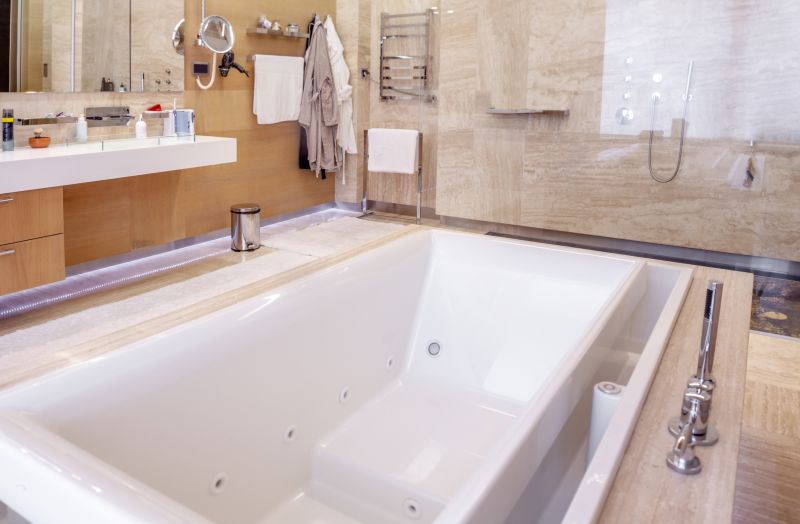
Cleaning and surface preparation before applying the new finish.
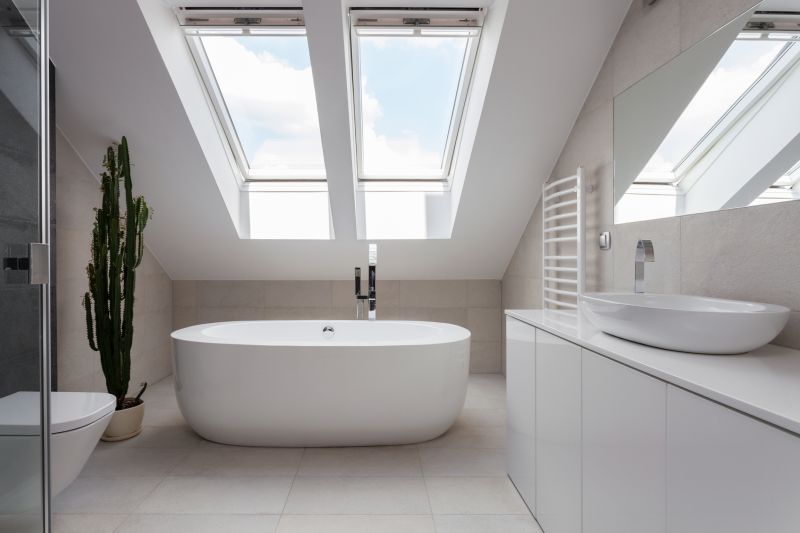
Ways to make Bathtub Resurfacings work in tight or awkward layouts.
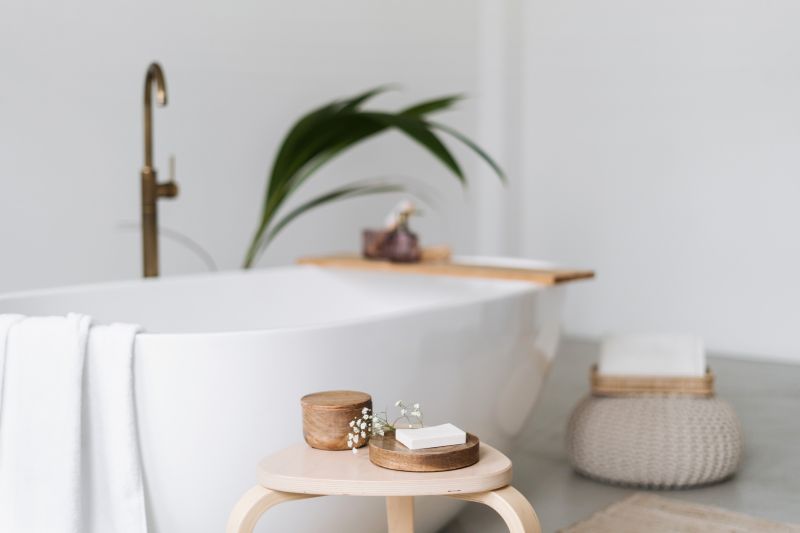
Popular materials for Bathtub Resurfacings and why they hold up over time.

Simple add-ons that improve Bathtub Resurfacings without blowing the budget.
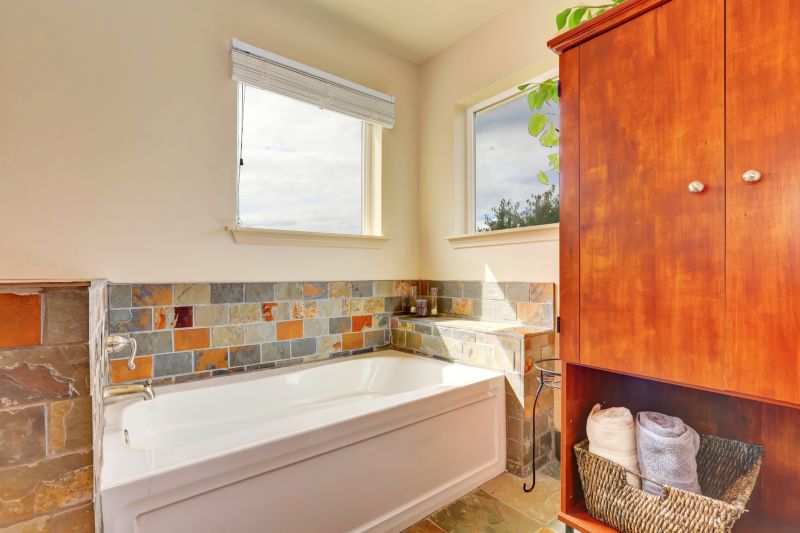
High-end options that actually feel worth it for Bathtub Resurfacings.
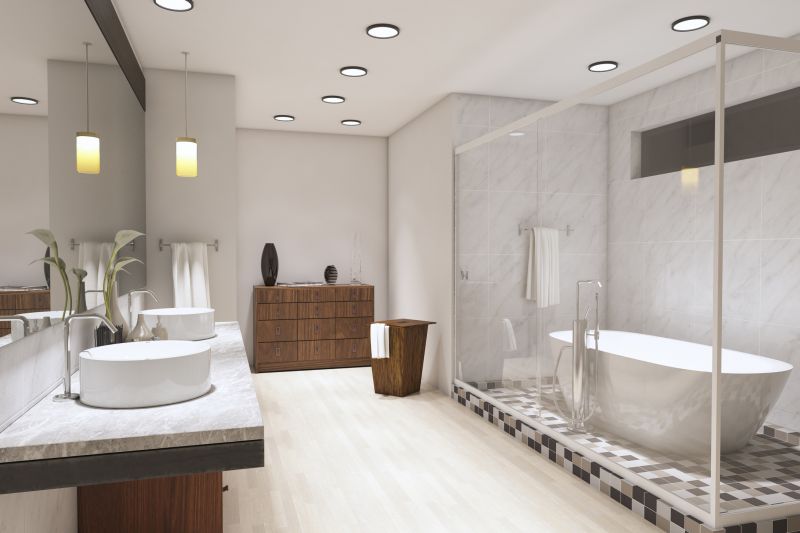
Finishes and colors that play nicely with Bathtub Resurfacings.
Bathtub resurfacings involve applying a durable coating over existing surfaces to restore appearance and function. This process can significantly extend the lifespan of a bathtub, providing a cost-effective alternative to replacement. Proper timing of resurfacing projects ensures the best quality finish and durability.
Statistics indicate that with appropriate scheduling and environmental conditions, resurfacing can last up to 10-15 years. The process is suitable for various types of bathtubs, including porcelain, fiberglass, and acrylic surfaces. Regular maintenance and timely resurfacing can help maintain the aesthetic and functional qualities of a bathtub over its lifespan.
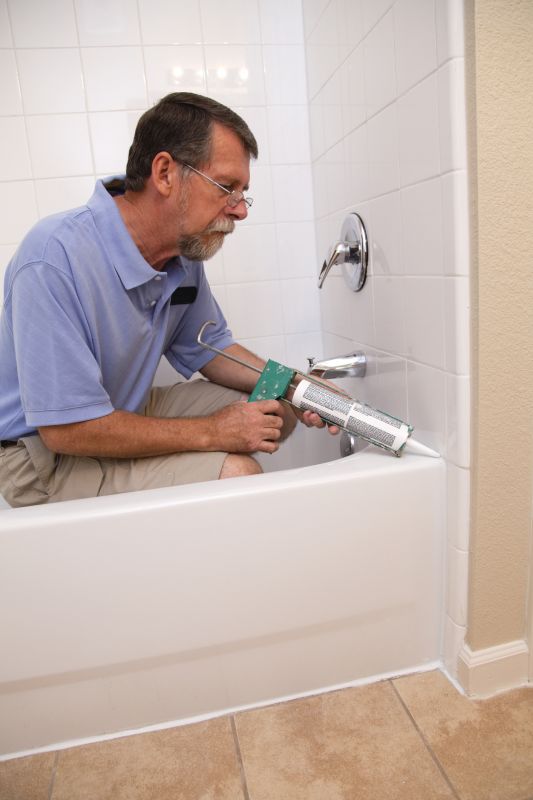
Technician applying coating to a bathtub surface.
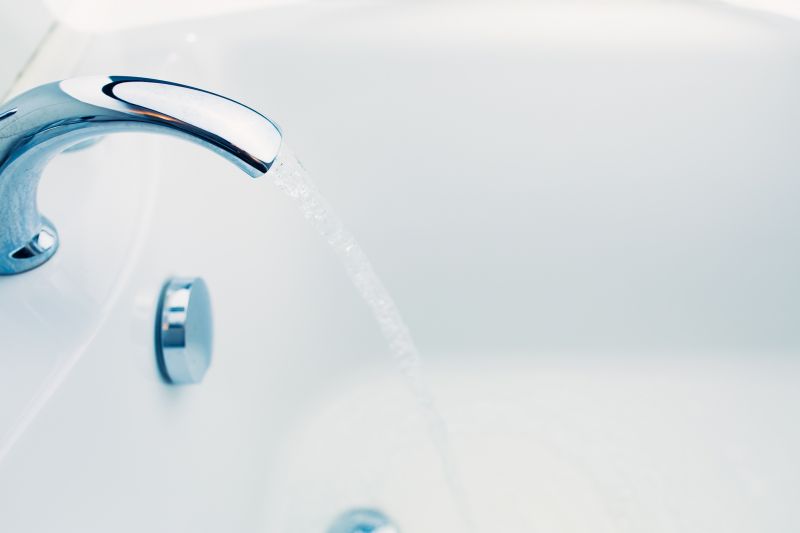
A clean, glossy finish after resurfacing.
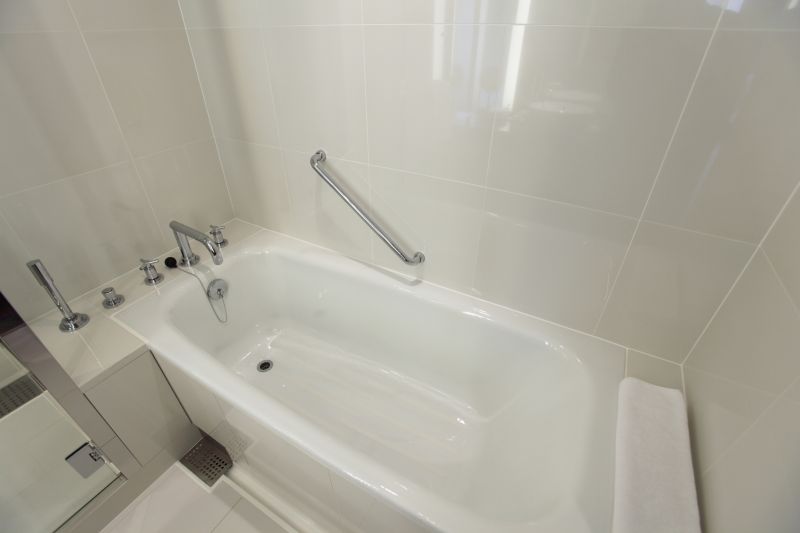
Detailed view of the smooth, durable coating.
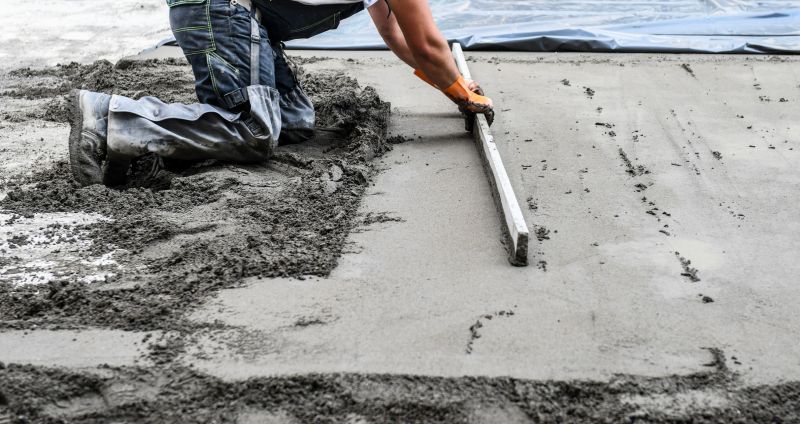
Tools and materials used in the resurfacing process.

Little measurements that prevent headaches on Bathtub Resurfacings day.
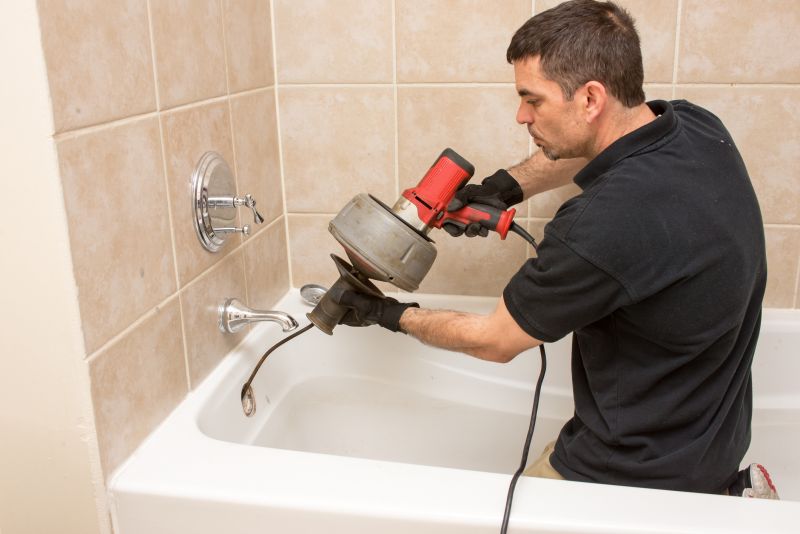
A 60-second routine that keeps Bathtub Resurfacings looking new.
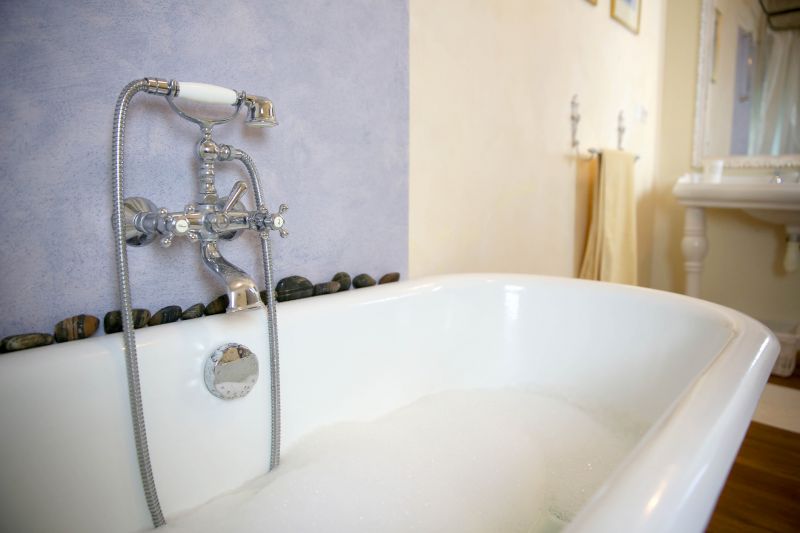
A frequent mistake in Bathtub Resurfacings and how to dodge it.

Small tweaks to make Bathtub Resurfacings safer and easier to use.
| Weather Condition | Recommended Timing |
|---|---|
| High Humidity | Avoid during humid seasons or days |
| Rainy Weather | Schedule for dry, clear days |
| Temperature below 50°F | Wait until temperatures rise |
| Temperature above 85°F | Avoid extreme heat for application |
| Stable weather periods | Ideal for scheduling resurfacings |
Interested in revitalizing a bathtub through resurfacing? Filling out the contact form can provide further guidance on scheduling and preparation. Proper timing and conditions are essential for achieving a durable, high-quality finish that lasts for years.
